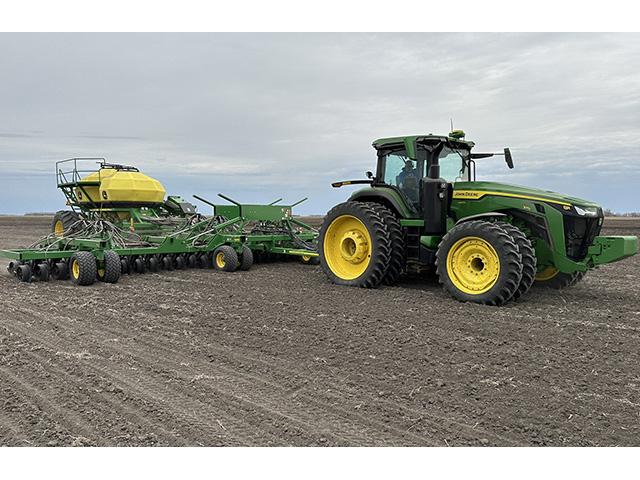Ask The Vet
Don't Ignore Signs of Heat Stroke
READER: My neighbor had one of his dogs die, and he said he thought it was a heat stroke. Our dogs are outside all the time when we are working. What are the signs of heat stroke in dogs, and what can I do to treat it?
Dr. McMillan: Dogs and cats cool themselves by panting and radiating heat. Hot temperatures make this less efficient and definitely increase risk of heat stroke.
Normal body temperature for dogs and cats ranges between 101°F and 102.5°F. Heat stroke is a body temperature over 104°F. Body temperature over 106°F is severe heat stroke. The only way to check an animal’s body temperature is with a rectal thermometer.
Signs of heat stroke may include panting, excessive salivation, red or pale gums, a purple tongue, rapid heart rate, glazed eyes, incoordination, vomiting and diarrhea. Without prompt attention, the liver, kidneys, heart, muscles, brain and GI tract can be severely damaged.
P[L1] D[0x0] M[300x250] OOP[F] ADUNIT[] T[]
If you suspect your dog or cat is having a heat stroke, get him to a cool place and call your veterinarian. Depending on the circumstances, the vet may want you to bring the animal into the clinic immediately or start the cooling process first and then come in.
It’s a common reaction, but don’t immerse a pet in cold water or try to force him to drink water. Tepid water should be used to rinse him, to slowly lower body temperature. Cold water immersion often results in hypothermia which can lead to death. Take the animal’s temperature frequently, and try to get it to 103°F. Then dry the pet, stabilize the temperature and transport him to the veterinarian. Even if he seems to recover, heat stroke damage to internal organs may have occurred and, in some cases, won’t show up for hours or days.
READER: We feed a few steers out for ourselves and to sell. We had one that went off feed, and his belly swelled up after a few days. After he died, I cut him open, and his belly was full of fluid that smelled like urine. What could have happened to him?
Dr. McMillan: I cannot say for sure, but I would bet this calf developed bladder stones. Urinary tract stones are made up of minerals that precipitate out of the urine. While kidney stones are more common in people, bladder stones are more common in livestock, dogs and cats.
If these stones are large enough, they can block the urethra, and the animal cannot urinate. This is more common in males because the urethra is smaller. In cattle, sheep and goats, the urethra has an “S”-shaped bend called the “sigmoid flexure” that straightens out when the animal has an erection. This bend makes passing stones even more difficult, and that sigmoid flexure is the most common place where we see cattle block.
When an animal is blocked and cannot urinate, he or she may strain, walk with a humped-up appearance and gradually become more depressed as toxins build up in the system. Without correction, the urethra or bladder eventually ruptures. If the urethra ruptures, there will be swelling around the rupture. If the bladder ruptures, the abdomen swells like it did in the case you describe.
If it’s caught early, your veterinarian can do a salvage procedure where the urethra is opened up above the blockage. When successful, this allows the animal to make it to slaughter.
The most significant risk factor for bladder stones comes from the diet--especially grains high in certain minerals, such as struvite (magnesium ammonium phosphate). Forages don’t eliminate the risk. Legumes like alfalfa and clover are very high in calcium, and they often lead to calcium oxalate stones.
Animals most at risk for bladder stones are cattle on feed, small ruminants eating grain and show cattle. While a balanced, professionally developed nutritional plan is always recommended in livestock, it is especially important in those animals considered higher risk.
Please contact your veterinarian with questions pertaining to the health of your herd. Every operation is unique, and the information in this column does not pertain to all situations. This is not intended as medical advice but is purely for informational purposes.
Write Dr. Ken McMillan at Ask The Vet, 2204 Lakeshore Dr., Suite 415, Birmingham, AL 35209, or email vet@progressivefarmer.com.
[PF_0819]
Copyright 2019 DTN/The Progressive Farmer. All rights reserved.



